
SONIC CELL
Artists: Islaja (FIN), Lucy Duncombe (UK) and Feronia Wennborg (NO), Daphne von Schrader (AT).
In seeking our own way to synchronize with this year’s quantum centennial, the 2025 edition of SONIC CELL engages artistic practices that address technological, material, and social questions of interconnectivity. By activating the public plaza of Schlesingerplatz in Vienna’s 8th district with three performances, the project enlivens the neighbourhood and introduces a new ambience.
Due to the weather alerts, newly opened Café Florianihof agreed to hosting us for SONIC CELL 2025.
Café Florianihof
Florianigasse 45, 1080 Vienna
19:00–22:00
Thursday, 24. July 2025, 19:00-22:00 (sharp!).
Free entry.
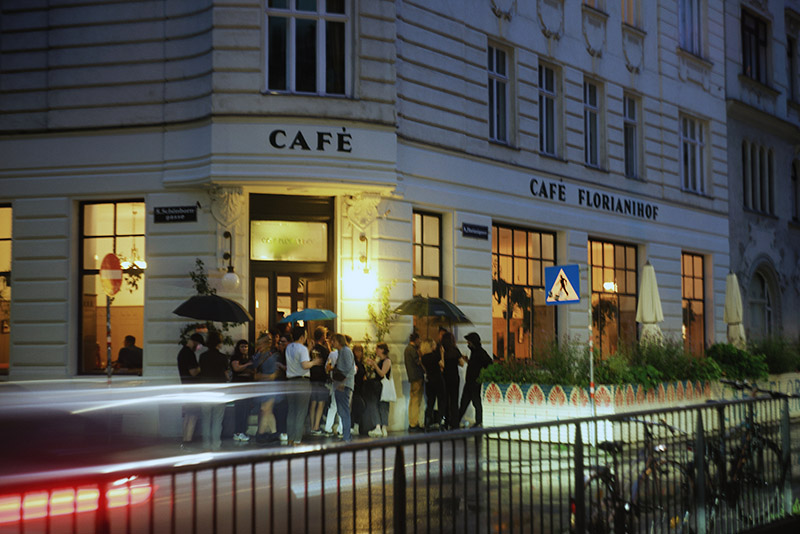
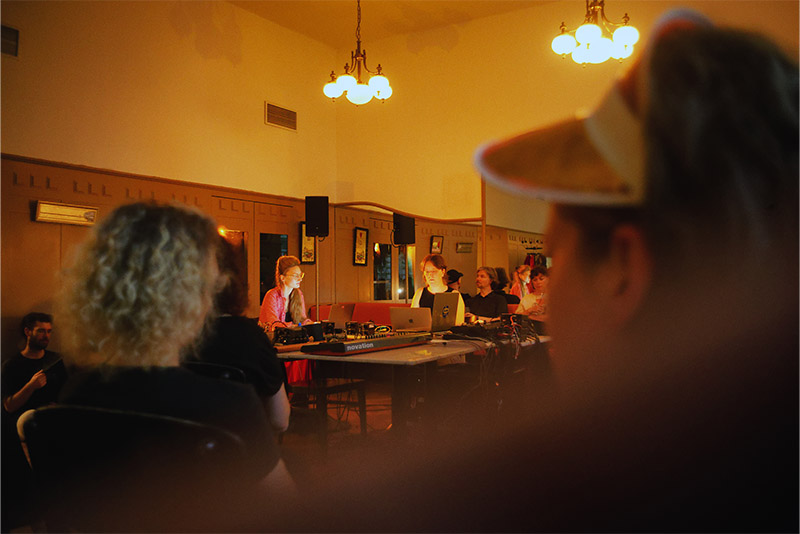
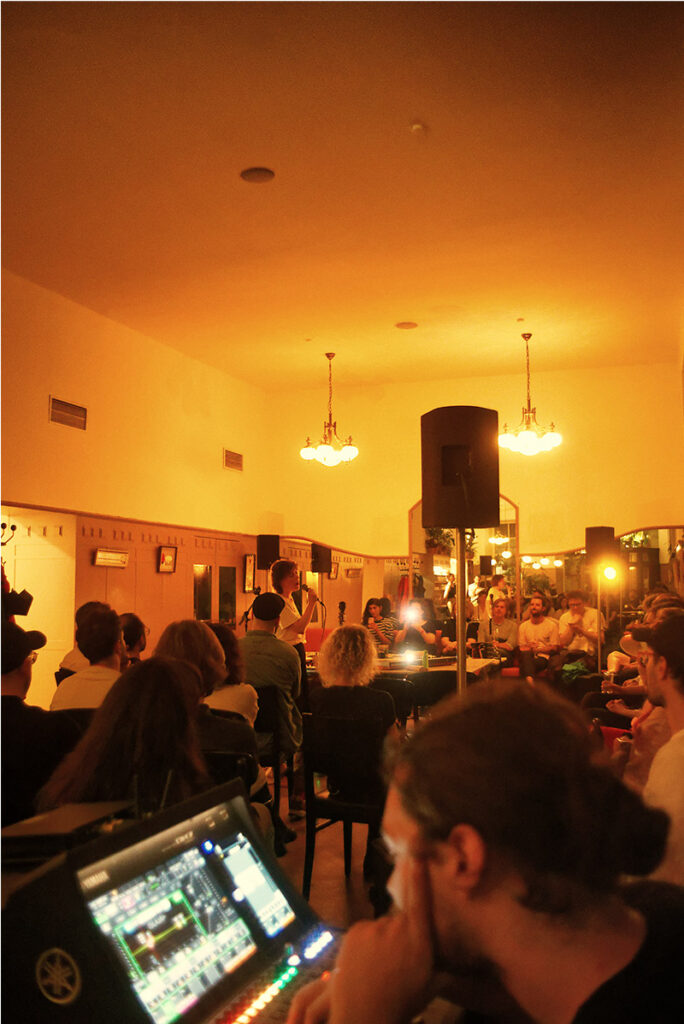
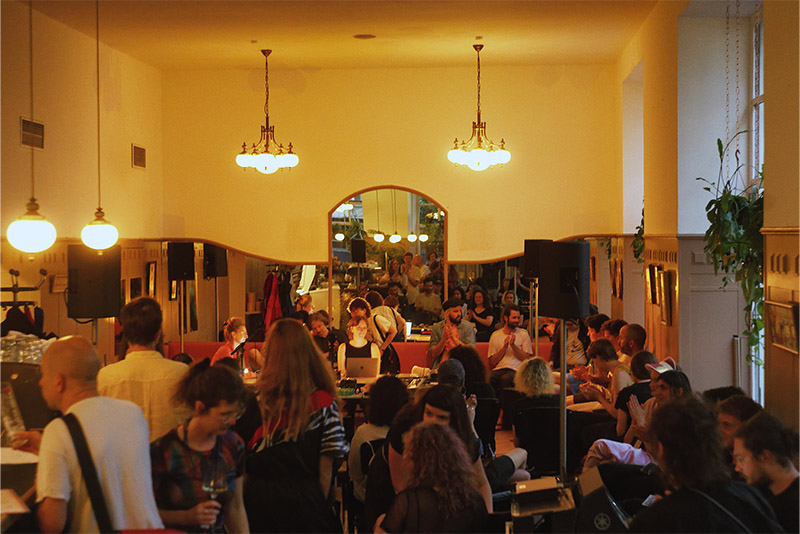
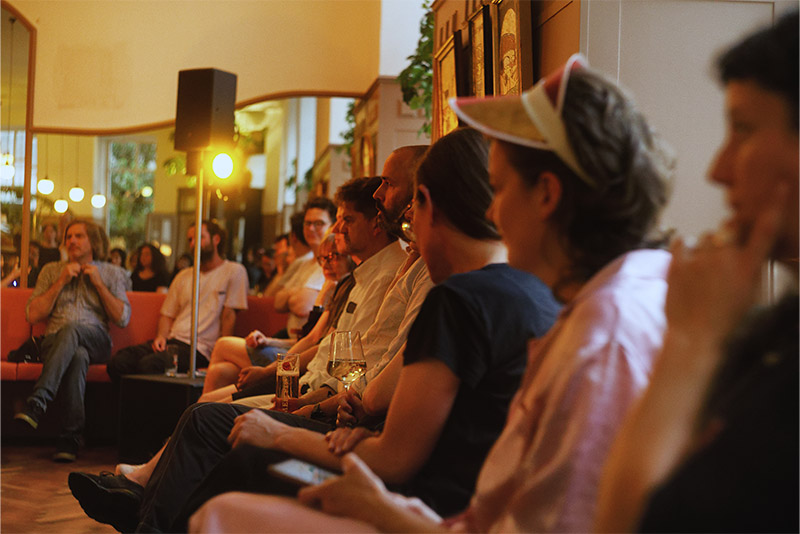
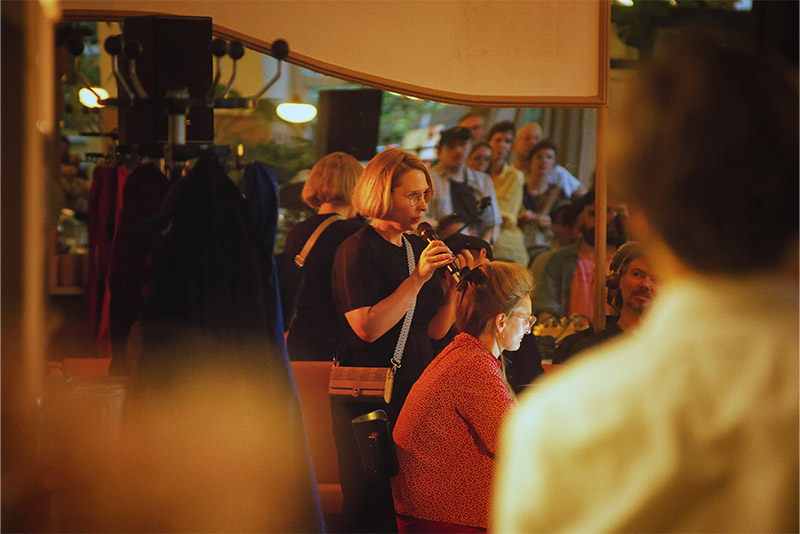
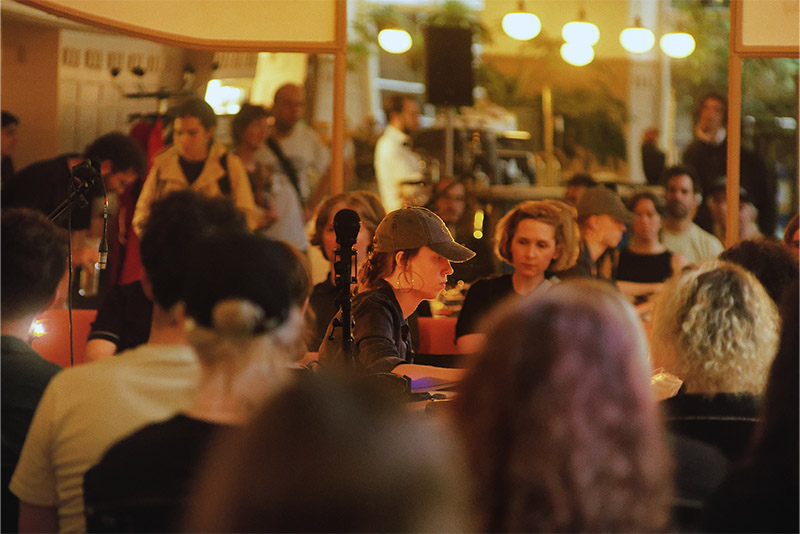
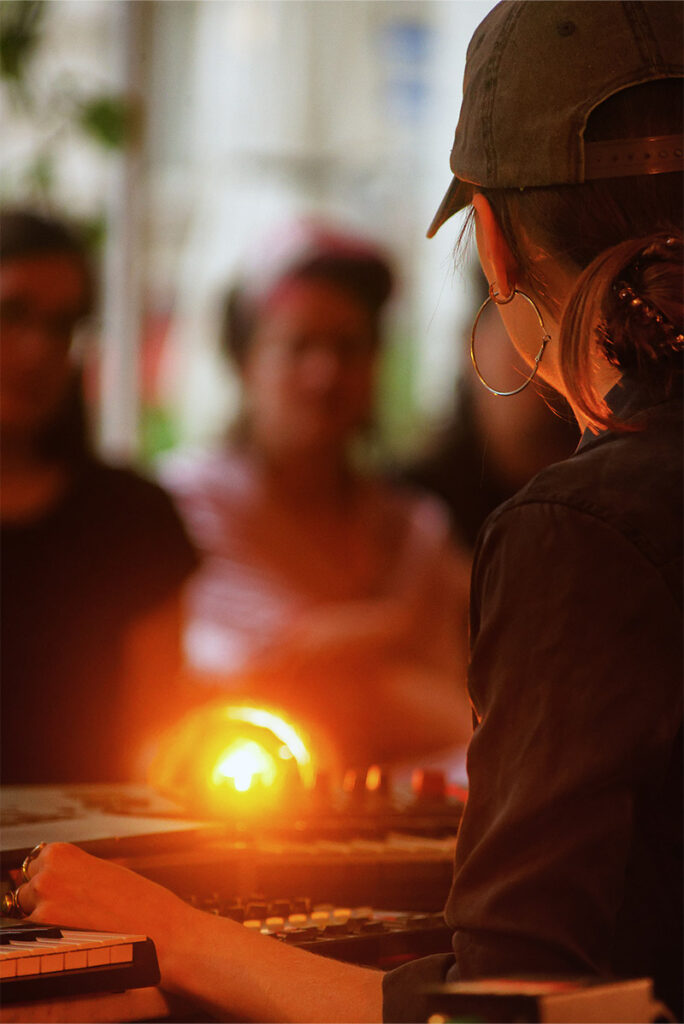
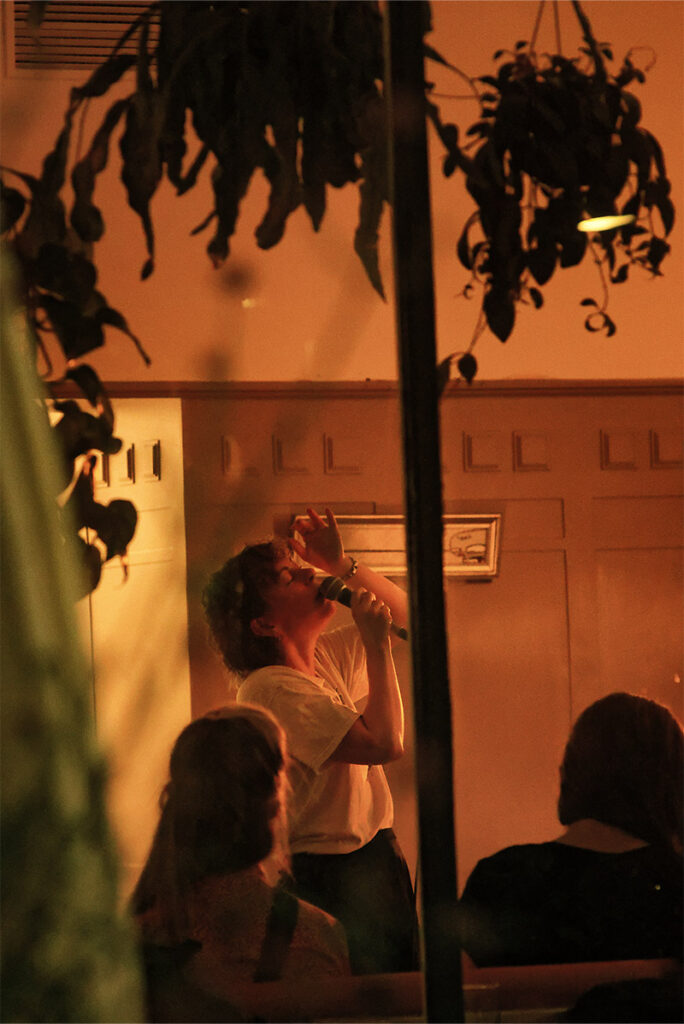
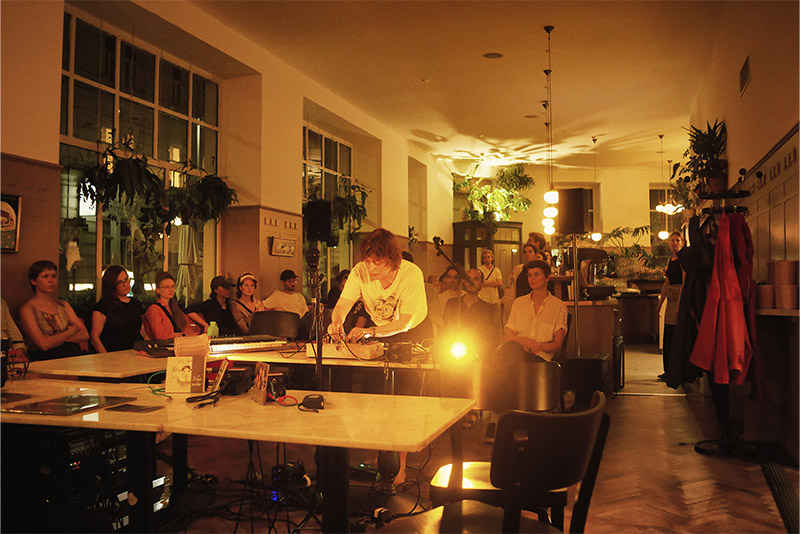
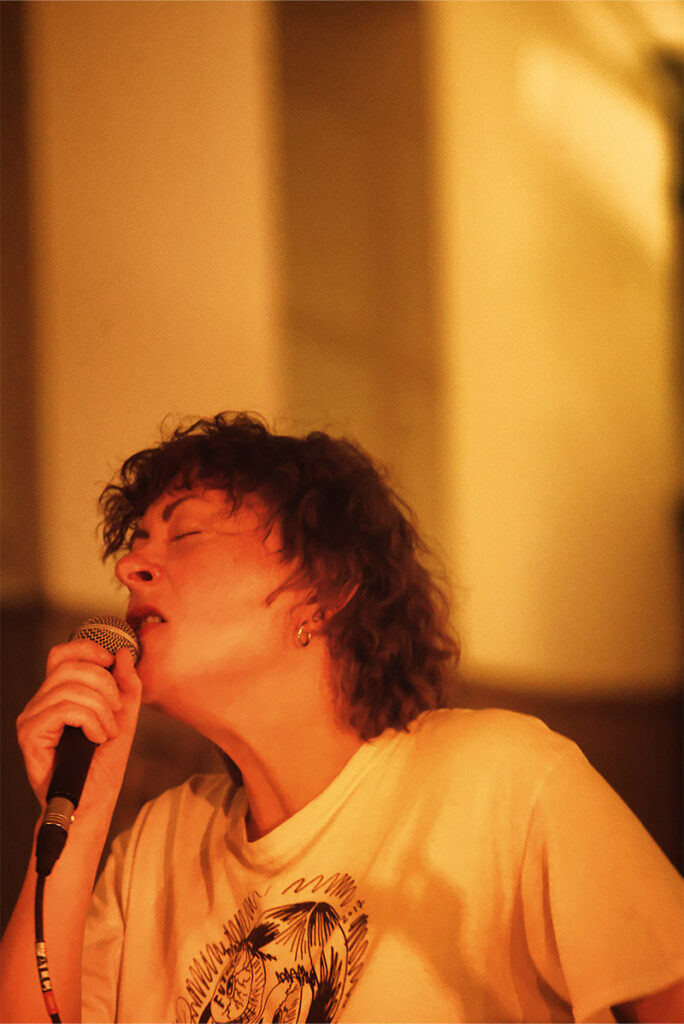
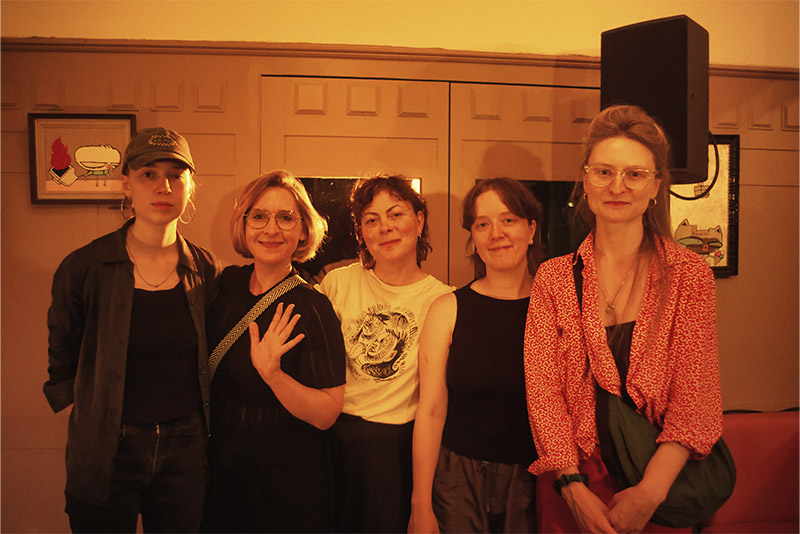
All images by Aled Ordu.
ABOUT THE ARTISTS
ABOUT THE FORMAT
#quantumeffecting
Having settled comfortably in its state of limbo as the most foundational theory we know of, yet resisting both full comprehension and intuitive grasp, quantum mechanics has forever been an elusive companion of artistic practices. Beginning with the early expositions in the 1920s on space, time, matter, and energy by German experimental physicist Felix Auerbach, in dialogue with the early European avant-gardes, whose paradigmatic worldview has outlasted the twentieth century, shifting into artistic practices such as Quantum Listening (Pauline Oliveros), and illuminating the identity-forming potential of Quantum Futurisms (Rasheedah Phillips). The quantum turn has greatly affected how we question the boundaries of knowledge and perception, emphasizing the role of the senses for rationality, and highlighting the intangibility of the real.
SONIC CELL deals with listening as an engagement with the physical and psychological reach of resonances. Encircled by a multichannel set of eight loudspeakers, three performances will metaphorically explore themes related to quantum mechanical effects, how they interfere with reality and modulate or transmit (super-)natural phenomena.
#artisticentanglements
Islaja, Finnish artist Merja Kokkonen, examines the sonic capture of spiritual entities recorded, copied, and circulated within religious circles in the 1980s with her recent release Angel Tape. Mirroring Aquinas’ paradox that two angels cannot occupy the same place, each tape copy becomes a testament to the collision of faith and physics, where the sacred is both amplified and eroded by its medium. As with waves and particles, the tape’s copies exist in a state of superposition, being both material and immaterial. While superposition in quantum mechanics defies localization of photons, the mystic aural presence of angels on cassette allows Merja to diffract the metaphysical contradiction of the material and mental. This resonates with the doppelgängers of Lucy Duncombe and Feronia Wennborg who reach for the uncanny agency of AI voice-cloning software (Descript), and its non-linear operations. By engaging with questions of multiple-world theories and the potential for parallel interferences, their work with individuated aural clones collapses fragments of the technological ‘other’ into our actual mode of perception. What, then, they ask, communicates with us when voices become datasets and the most fundamental human expression in speech is subject to systemic abstraction?
Daphne von Schrader, in turn, sees the city as a multi-species conglomerate – a dense layering of bodies, data, fungi, cables, water, and exhaust – where inhabitants act as diffuse operators within a collective organism. In this urban fabric, individuation arises not from isolation or abstraction, but from the dynamic involvement and synthesis of diverse actors whose interactions, overlaps, and chance encounters continually shape the city’s life. The public square becomes a living node where urban ecosystems, infrastructures, and social dynamics converge, rhythmically intensifying and dispersing. Daphne turns the public plaza, Schlesingerplatz, into a stage for fleeting alliances and spontaneous choreographies, revealing movements of individuation and involvement.
Funded by the Vienna City Council MA 7 Kultur and the District Council Josefstadt.



